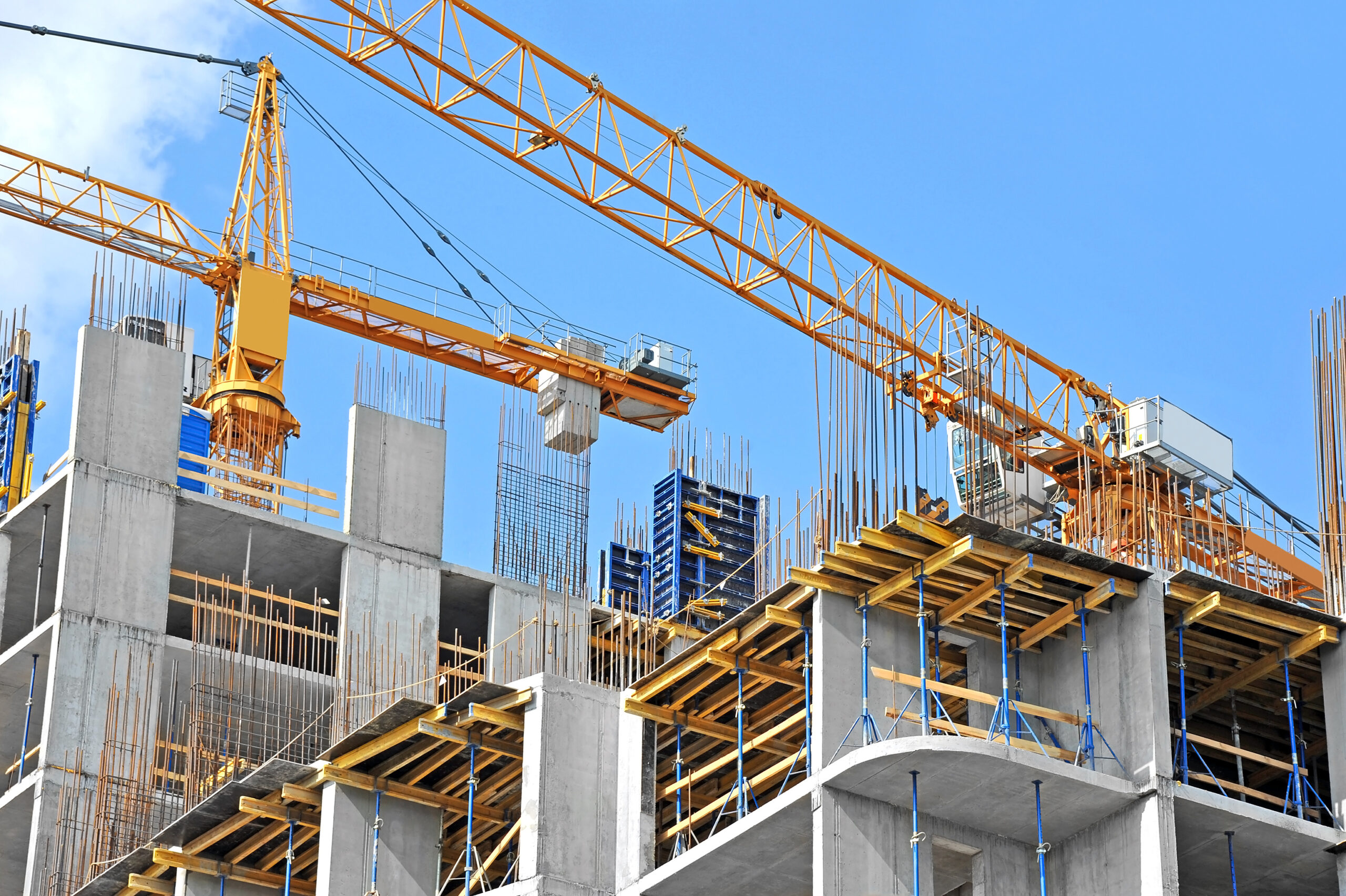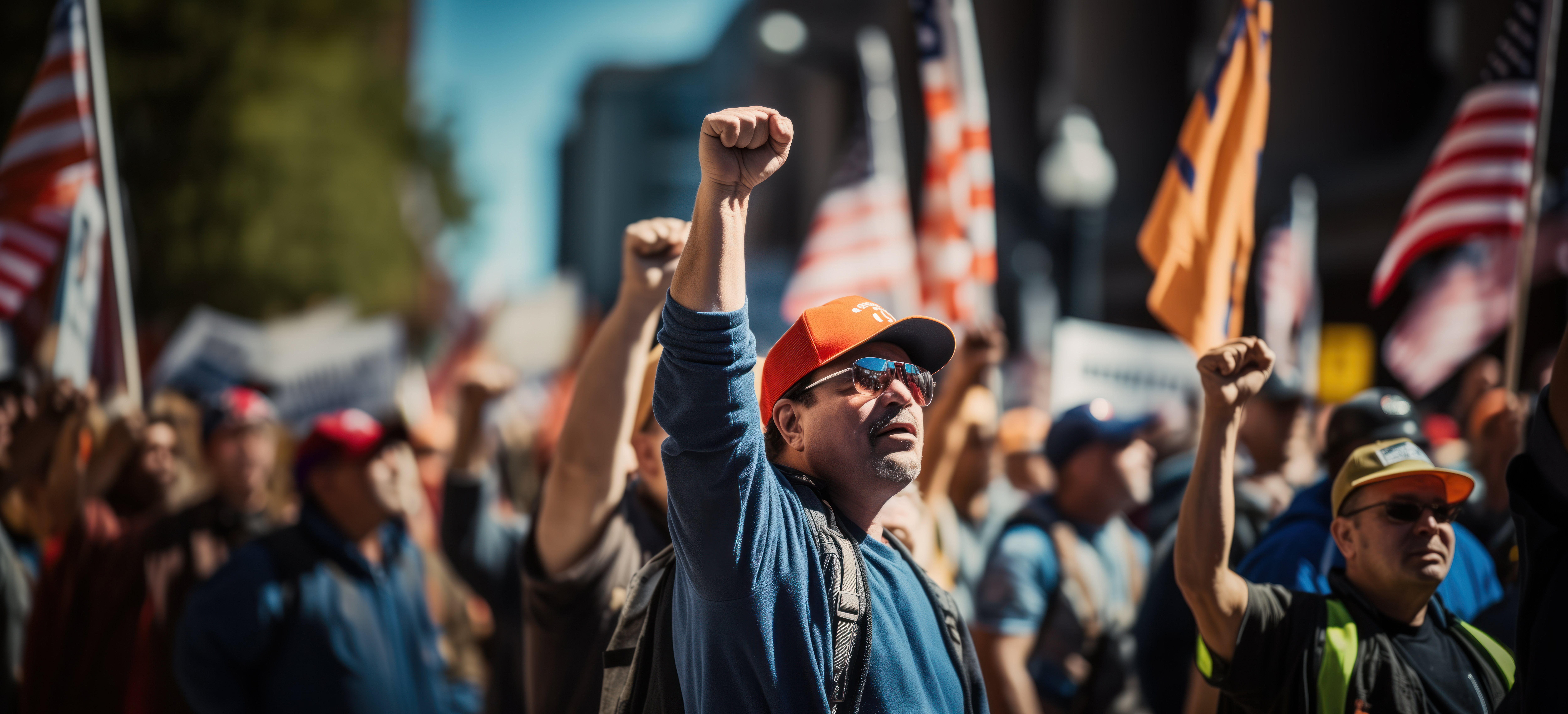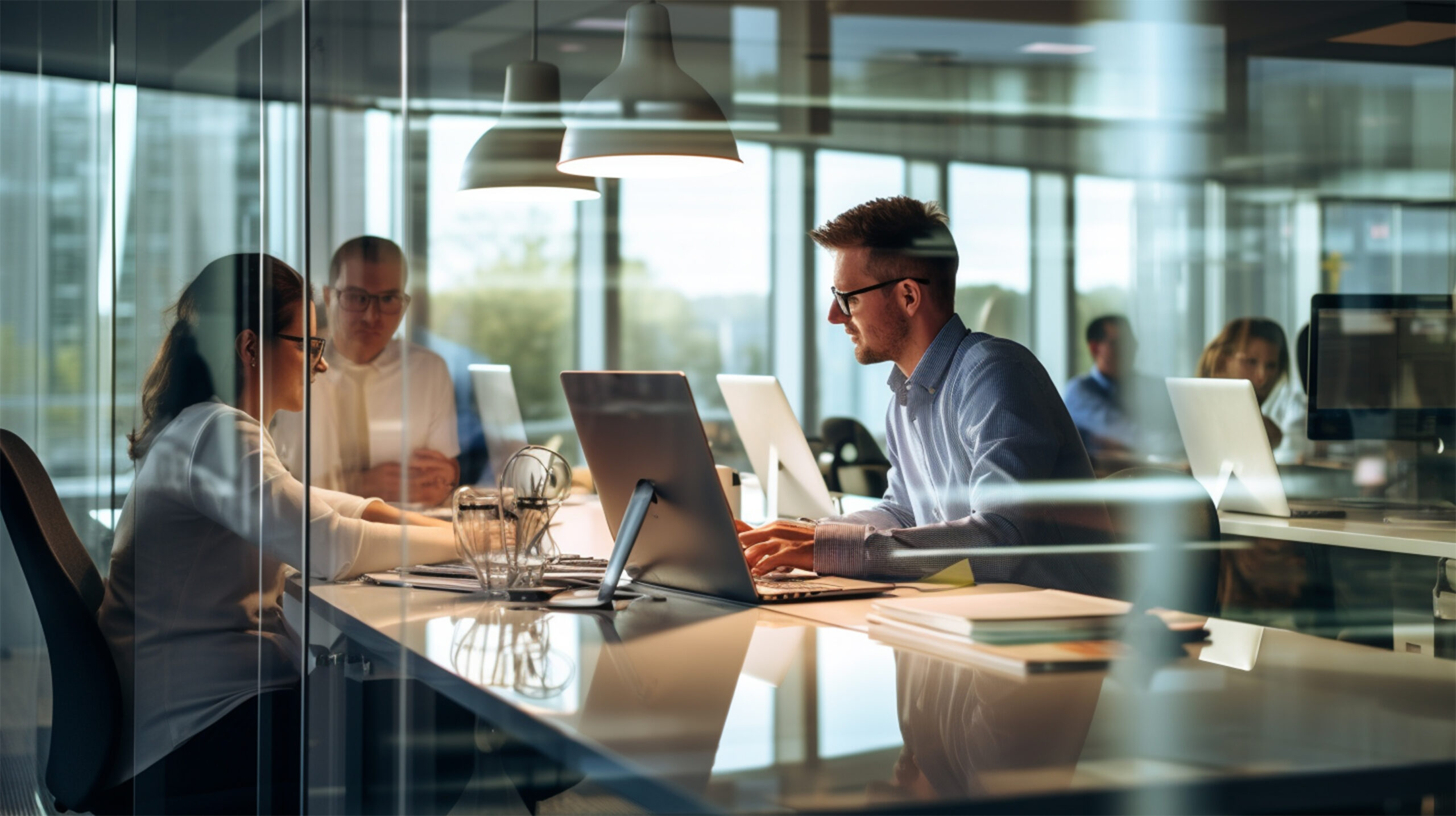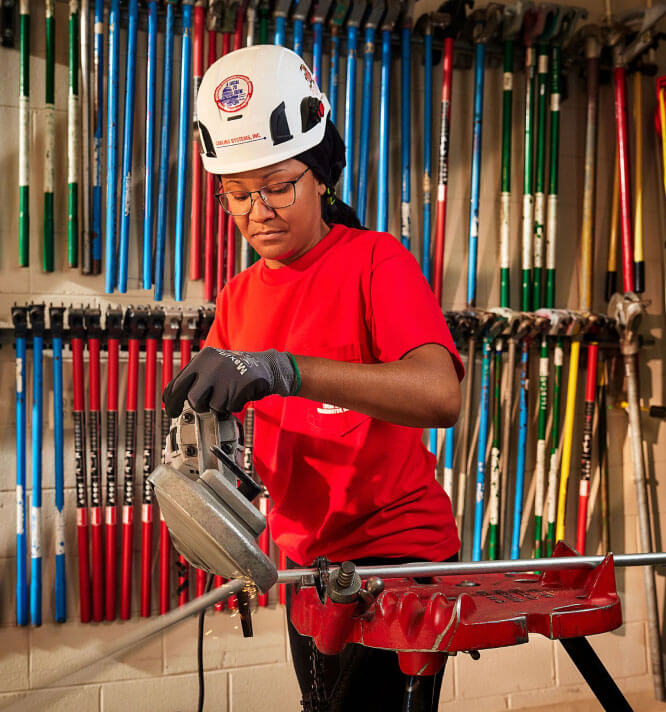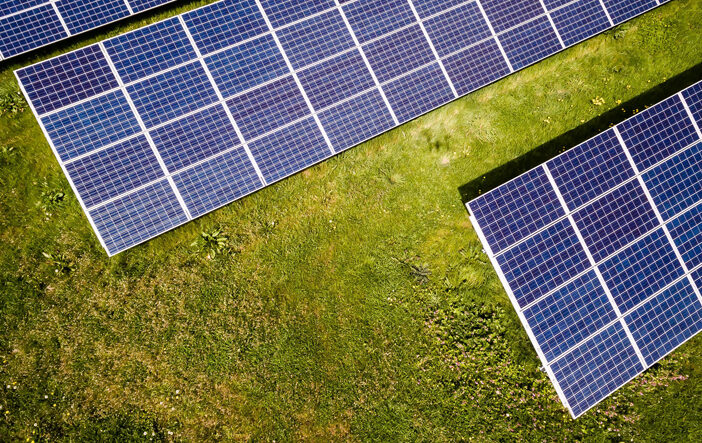
By Michael Mock
The demand for greener and sustainable buildings continues to grow. According to the Worldwatch Institute, a respected research firm focused on sustainability, in the USA, “wind, solar, and geothermal energy are all on the rise. At least 17,000 megawatts of these three energy sources are now under construction.” And, according to the Energy Information Administration, renewable energy will account for about one-third of new electricity generation added to the U.S. grid over the next three years.
Certainly we are seeing this trend in the Washington area. Within the last month both the General Services Administration and the DC Department of General Services have announced plans to go forward with major solar projects. GSA plans to solarize 18 Federal buildings in our area and DC plans to boost the city’s total solar generation capacity by roughly 70 percent through the deployment of 11.4 megawatts of solar photovoltaic systems on the roofs and parking lots of 34 District-owned facilities.
While “going green” is a worthy goal, we all know that building owners are looking for ways to improve the cost-efficiency and life-cycle costs of their buildings. The financial benefits of alternative energy projects include: shaving peak utility rates, “islanding” in case of a grid failure and locking in energy costs over a period of years.
Helping building owners with both going and making green, has received a substantial boost over the past several years as renewables are increasingly recognized as an asset class with returns attractive to investors. Michael Brower, the CEO of the American Council on Renewable Energy (ACORE) sums it up well:
“Today renewable energy is not an alternative. Renewables are ‘the real deal asset class,’ with proven ability to hedge fuel costs and provide scalable, low-cost and distributed power. Storage, distributed power, and microgrid solutions all present tremendous new investment opportunities, as our energy sector, led by renewables, continues to evolve.”
